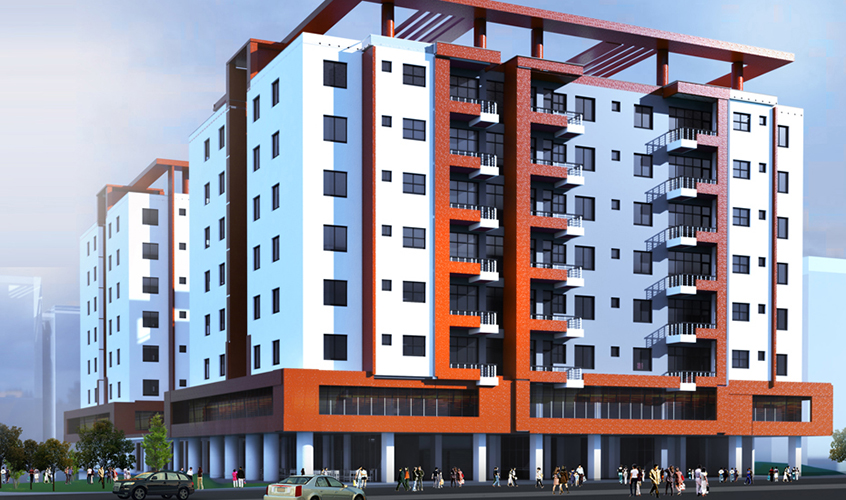Ethiopia’s Low Cost Housing Program
Introduction
Addis Ababa has faced significant housing challenges for over a century, particularly for its low-income residents. In the early 2000s, the city had a housing backlog of 233,000 units, with over 95% of existing housing being single-story shelters lacking basic amenities. In response, the Ethiopian government, in collaboration with the German Technical Cooperation (GTZ), initiated a large-scale low-cost housing program. This program aimed to address the housing shortage through a mortgage system and standardized housing blocks. This paper examines the program’s implementation and its social and spatial consequences, arguing that the chosen approach, while producing many housing units, has also led to several challenges.

The Low Cost Housing Program
The initial phase of the low-cost housing program (LCH) focused on developing affordable construction techniques. The collaboration with the German Technical Cooperation (GTZ) in 1999 led to the development of a new hollow block size, columns without formwork, and a pre-fabricated slab system. This resulted in a 40% reduction in average building costs, with construction costs at ETB 500-800 (USD 59-95) per square meter. The LCH project was implemented in two-storied buildings in Tigray and Addis Ababa.
Second phase of the low cost housing program
The program’s second phase led to the launch of the Addis Ababa Grand Housing Program (AAGHP) in 20044. This program extended the LCH technology to four- to five-story buildings and introduced four apartment prototypes4. The pilot project at the Bole-Gerji site consisted of 696 units across 28 housing blocks4. The AAGHP also adjusted the housing block compositions into three basic types (I-type, L-type, and T-type). The construction costs for the pilot project were between ETB 800-900 (USD 92-104) per square meter.
In 2006, the program was scaled up and renamed the Integrated Housing Development Program (IHDP)5. The IHDP set ambitious five-year goals for 2004-2008, including the construction of 150,000-200,000 housing units, and aimed to reduce slum dwellings by 50%5. The program adopted the AAGHP’s housing blocks with minor variations. Although the IHDP initially aimed to maintain the cost range of the pilot project, average costs increased to ETB 1507 (USD 131) per square meter by 2009/2010. By 2010, approximately 80,000 units had been built.
Residents to become homeowners through low cost housing program
The IHDP aimed to enable low-income residents to become homeowners, which represented a significant shift from the city’s existing rental culture. Despite most of Addis Ababa’s citizens being tenants, the program promoted individual home ownership through a mortgage system, creating an ‘indirect privatisation’ of housing. The program’s focus on standardized housing units for collateral, and the financial provisions of the bank, resulted in inflexible designs and material choices. This also contributed to rising construction costs, which made it difficult for low-income households to afford the down payments and running costs. Consequently, many beneficiaries rented out their units to more affluent citizens.
The program’s spatial results have also been problematic8. The standardized housing blocks lacked flexibility, and the layouts did not meet the needs of low-income residents. The buildings’ design did not adequately accommodate daily activities like cooking and laundry, leading to cramped outdoor spaces8. The ‘compound design’ approach resulted in disconnected ‘urban islands,’ with neglected areas within and around the neighbourhoods. The large number of planned units were often placed in peripheral, large-scale sites, creating ‘satellite towns’. The arrangement of stand-alone housing blocks determined the urban design, which missed an opportunity to create social and spatial qualities beyond building standards.
Conclusion
In conclusion, while the housing program achieved a large number of housing units, its approach had significant drawbacks. The program’s issues have been attributed to standardised housing block design and mortgage finance. The rigid design and exclusive funding approach led to questionable social and spatial outcomes. Future alterations or new approaches need to adopt more flexible, versatile, and inclusive design processes and funding schemes. This would mean moving away from globally disseminated “off-the-shelf” solutions and developing new, contextually based approaches to affordable housing.
For further reading:
Urban densification and low-cost housing in Ethiopia
